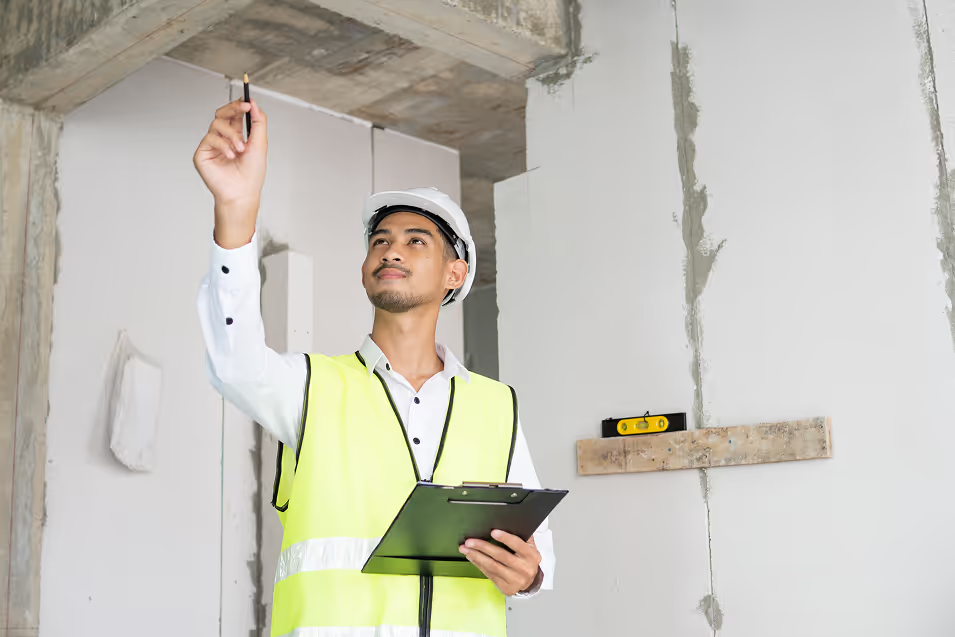
Can a Fire-Damaged Home Be Fully Restored? What to Expect from the Process
A house fire can leave behind devastation—charred walls, smoke-stained ceilings, and the haunting smell of soot. For many homeowners, the biggest question after the flames are out is: Can my home ever be the same again? The answer is yes—most fire-damaged homes can be fully restored. But it’s a process that requires time, expertise, and the right team. Here’s what you can expect from start to finish.
1. Initial Assessment and Safety Inspection
Before any cleanup begins, professionals will assess the structural integrity of the home and identify safety hazards. Fire departments often do a basic check, but your restoration company will do a deeper evaluation—checking for hidden damage, compromised framing, electrical issues, or unsafe areas.
2. Securing the Property
Next, the property is secured to prevent further damage. This can include board-ups for broken windows, roof tarping, and temporary fencing. Securing the structure protects it from weather, animals, and unauthorized entry during the restoration process.
3. Damage Documentation and Insurance Coordination
Before cleanup starts, detailed documentation is required for your insurance claim. Restoration pros will take photographs, inventory damaged items, and create a scope of work. They often work directly with your insurer to streamline the approval and reimbursement process.
4. Debris Removal and Demolition
All unsalvageable materials—burnt drywall, flooring, furniture, and insulation—must be safely removed. Depending on the severity of the fire, this could involve partial or full demolition of affected areas. Specialized equipment is used to remove soot and prevent contamination of the remaining structure.
5. Smoke, Soot, and Odor Removal
This step is critical. Smoke and soot particles can penetrate deep into porous surfaces and HVAC systems. Restoration professionals use commercial-grade air scrubbers, ozone treatments, and specialized cleaning agents to remove harmful residue and eliminate lingering odors.
6. Water Damage Mitigation
Most fires are extinguished with water, which can lead to additional damage. Water-damaged areas are dried out using dehumidifiers, air movers, and moisture sensors. Mold prevention is a priority at this stage.
7. Structural Repairs and Rebuild
Once cleanup is complete, the rebuild begins. This can include framing, drywall, flooring, roofing, electrical rewiring, and painting. The goal is to return the home to pre-loss condition—or better. In many cases, homeowners choose to upgrade or remodel during this stage.
8. Restoration of Contents
Furniture, clothing, electronics, and personal items may be taken off-site for specialized cleaning and restoration. Items that cannot be salvaged will be documented for insurance and replaced when possible.
9. Final Inspection and Move-In
Once all repairs are complete, the home undergoes a final inspection to ensure safety and quality standards are met. From there, homeowners can move back in and resume life with peace of mind—often with a space that’s cleaner, safer, and more modern than before.
Is Full Restoration Always Possible?
In most cases, yes. However, if the fire caused extreme structural damage or the cost to rebuild exceeds the property’s value, total demolition may be required. A qualified restoration company and your insurance provider will help determine the best course of action.
In Summary
A fire-damaged home can be fully restored—but it’s not an overnight process. With the right team and a clear plan, what was once a disaster can become a fresh start. Restoration isn't just about rebuilding walls—it's about restoring safety, comfort, and normalcy. And with today’s technology and expertise, recovery is more possible than ever.


.avif)
